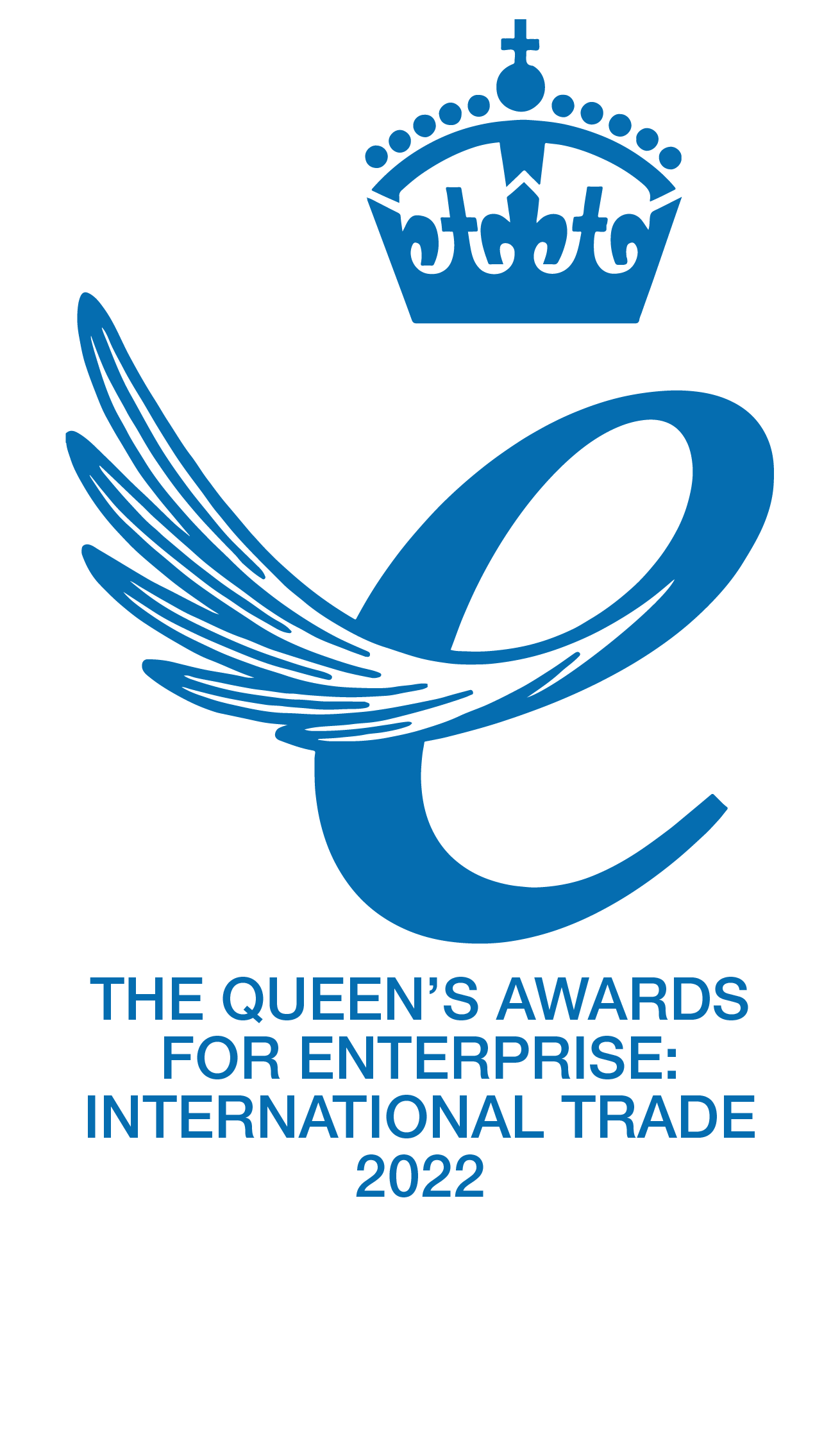Achieving Clean Room Integrity: Ensuring Airtightness for Enhanced Performance
Clean room integrity is a crucial aspect of maintaining high standards in various industries, including pharmaceuticals, healthcare, electronics, and research facilities. Airtightness plays a vital role in preserving the integrity of these controlled environments and preventing the ingress of contaminants. To achieve optimal clean room integrity, it is essential to utilize advanced technologies such as air tightness testing and air leakage detection.

in pic: Portascanner® Airtight being tested at a Cleanroom in a UK Laboratory

in pic: Close up of Portascanner® Airtight testing Clean Room door
Importance of Clean Room Integrity for Human Health
In recent years, the world has witnessed the impact of global pandemics, emphasizing the significance of maintaining clean and safe indoor environments. Indoor Air Quality (IAQ) has emerged as a critical factor in reducing the transmission of viruses and safeguarding human health. While efforts have traditionally focused on factors like volatile organic compounds (VOCs) and particulate matter, the scope of indoor environmental quality has expanded to include humidity, temperature, lighting, and airtightness.
Airtightness is a key component of ensuring clean room integrity as it helps prevent the infiltration of external contaminants and maintains controlled conditions within the clean room. By conducting air tightness testing and air pressure testing, the integrity of the clean room’s building envelope can be assessed and any air leakage can be identified. These tests involve measuring the air permeability of the clean room, evaluating the efficiency of the construction process, and identifying areas of concern where uncontrolled air leakage may be occurring.
Clean Room Integrity and Energy Efficiency
In addition to preserving human health, airtightness also contributes to energy efficiency in buildings. The construction industry is increasingly focused on sustainable practices and reducing carbon emissions. Achieving high levels of airtightness in structures helps minimize energy consumption and enhance energy performance.
The concept of Passive House design, which emphasizes insulation, airtightness, and efficient heating and cooling sources, has gained traction as a means to create energy-efficient and environmentally friendly buildings. By improving the airtightness of clean rooms and other structures, we can reduce the carbon footprint and promote both planetary health and individual well-being.
The Significance of Building Health and Airtightness
Building health is an often-overlooked aspect of overall well-being. Airtightness plays a significant role in creating healthy indoor environments. Well-ventilated, airtight buildings offer numerous benefits, including thermal comfort, acoustic insulation, energy efficiency, and prevention of issues like pests, water ingress, rot, mold, and condensation.
Ensuring a high level of airtightness in buildings is crucial for closing the performance gap and achieving a healthy indoor environment. Through air tightness testing and air leakage detection, building owners and operators can identify areas of concern and take appropriate measures to seal and fix leaks. This not only improves the energy efficiency of the building but also contributes to the overall health and well-being of occupants.
Learn how the Portascanner® Airtight was successfully tested at a cleanroom in a UK Laboratory, click here

in pic: Portascanner® Airtight Main unit in hand

in pic: Portascanner® Airtight Main unit with wand
Utilizing Advanced Technologies for Airtightness Testing
To achieve the desired level of airtightness, it is important to utilize advanced technologies and testing methods. One such technology is the Portascanner™ AIRTIGHT, a micro air leak detector that ensures reliable and efficient detection of any air leaks. This device utilizes ultrasound technology to detect and quantify air flow rates through even the smallest leak sites, providing precise and microscopic accuracy in leak identification.
By employing the Portascanner™ AIRTIGHT during air tightness tests and regular inspections, trained operators can quickly and accurately assess the integrity of the building envelope, including Fire Doors and Flat Entrance Doors. This technology is particularly relevant in light of building regulations and safety standards, such as the Building Safety Act recently implemented in the United Kingdom.
Conclusion
Maintaining clean room integrity and achieving airtightness is vital for ensuring the health, safety, and performance of controlled environments. By conducting air tightness testing, air leakage detection, and utilizing advanced technologies like the Portascanner™ AIRTIGHT, organizations can identify and address any issues related to air leakage, thereby improving energy efficiency, reducing the risk of contamination, and creating healthy indoor environments. Furthermore, airtightness contributes to sustainability efforts and promotes both individual and planetary health by minimizing energy consumption and reducing carbon footprints. Building owners, operators, and construction professionals should prioritize airtightness and utilize independent airtightness testing schemes to ensure compliance with building regulations and achieve optimal clean room integrity.






